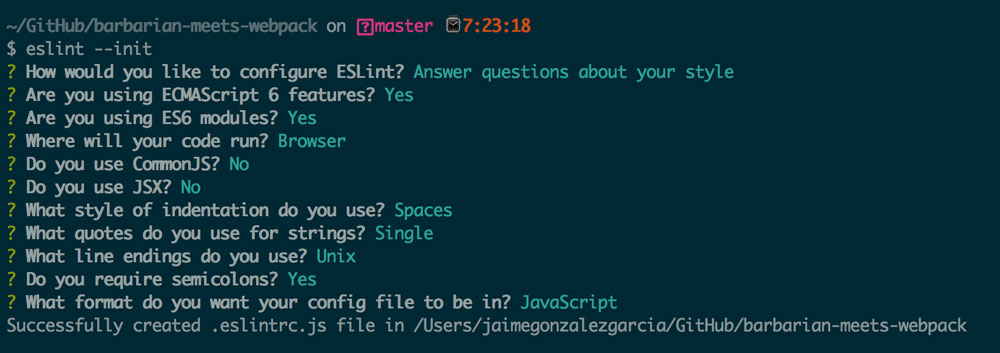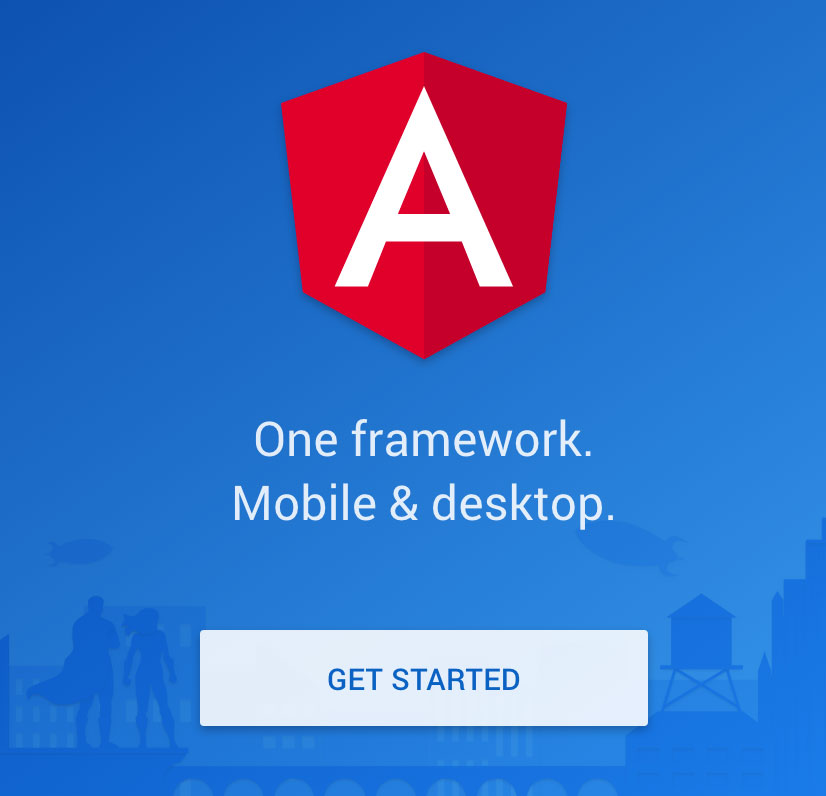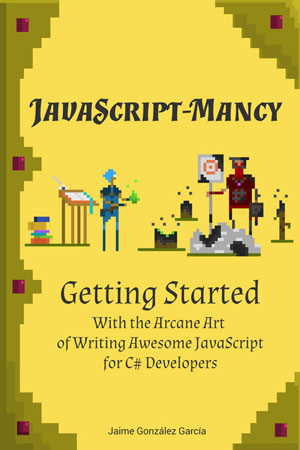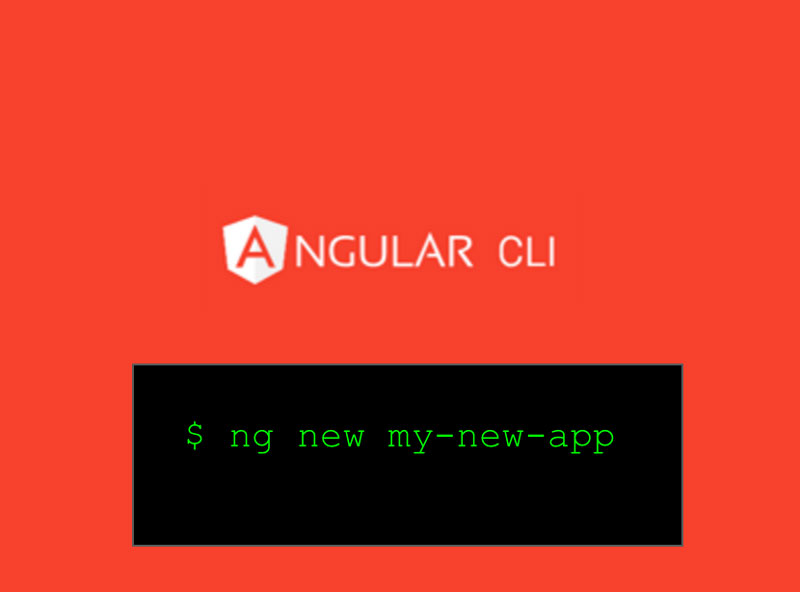How to Create a Simple Chrome Extension To Hide Your Follower Number On Twitter
Twitter followers.
I know I shouldn’t care, I know I shouldn’t feel bad when someone unfollows me nor overly proud or happy when people follow me but I kind of do.
I suppose it is just human nature and trying to fill that basic need to feel valued and validated… but I will have none of it! Twitter, I shall be driven by intrinsic motivation and not by artificial and arbitrary external rewards!! You shall not control me! (tantrum xD)
Since it seems that I cannot do it by sheer willpower (I have tried), I came up with a better idea. What about removing the source of my troubles completely? Out of sight, out of mind right?
And that’s how this chrome extension and this very blog post came about. Are you curious about how to write a chrome extension to run arbitrary code on any given website? Then follow along!






